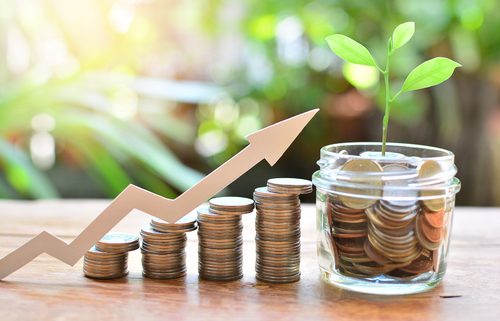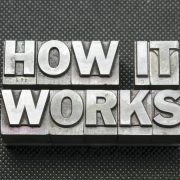Why Self-Directed IRA Compounding is the Most Powerful Retirement Math
There’s an old saying: when it rains, it pours. Usually, that’s supposed to refer to bad news. But what if your goal is to make it rain within a Self-Directed IRA? And what if you had a dedicated strategy for making your Self-Directed IRA funds compound on themselves over time? Then the news might not be so bad.
The power of compound interest is well known amongst anyone who’s looked into investing before. As some statistics showed, if you were to invest as little as $5 per day starting at age 25, you could expect to become a millionaire by retirement age. But what about a Self-Directed IRA makes it specifically adept at maximizing the returns that come from compound interest, and how might investors take advantage of that fact?
Using Compound Interest Within a Self-Directed IRA
When considering compound interest, the most important variable is the rate of return. In addition to rate of return, there are a number of reasons you might want to keep a Self-Directed IRA to make full use of a principle like compounding returns. Consider the following benefits:
- Self-Directed IRAs allow you to invest retirement money in real estate. Since the rate of return is so important, real estate is an enticing opportunity for anyone thinking about building a retirement nest egg. According to Investopedia, the average returns for an asset class like commercial real estate tend to outperform the S&P 500. However, it’s important to keep in mind that these numbers reflect broad statistics, and individual investments will vary.
- Diversification leads to stability. If you want to use compounding interest to the best of your ability, you will have to be consistent. Any thought experiment with compound interest and returns always assumes a steady investment. With the properly diversified portfolio that a Self-Directed IRA can help provide, you will worry less about individual market conditions and continue to make regular investments.
- Picking stocks is usually not a good idea. Even if you were to make traditional stock and fund investments in an IRA, keep in mind that picking stocks tends to lead to lower rates of return. According to some statistics, the average investor underperforms the S&P 500 when averaged out over 20 years.
- Protecting your IRA from extra expenses will provide better returns. With compounding interest, every dollar counts. Keeping real estate property within a Self-Directed IRA, for example, helps you grow money tax-free or tax-deferred, which in turn adds to the overall returns you can expect. When you start early, even the small decisions you make can add up to big-time returns in the long run.
Why Compound Interest Matters in Any IRA
You should stop and smell the roses, sure—but when it comes to retirement, you have to plan for the possibility that you will live a very long time. Consider that as of January 2013, according to Investopedia, 16 people born in the 1800s were still alive. U.S. stocks increased 28,000 times within their lifetimes, good enough to fund a comfortable retirement with a one-time $50 investment.
That’s the power of compounding returns.
Even on shorter time horizons, the mathematics of investing only make sense when you take compound interest into account. Putting a dollar in a mattress is not a strong investment strategy. But putting that dollar to work in real estate that generated cash flow can provide safety and security in retirement.
Interested in learning more about Self-Directed IRAs? Contact American IRA, LLC at 866-7500-IRA (472) for a free consultation. Download our free guides or visit us online at www.AmericanIRA.com.









